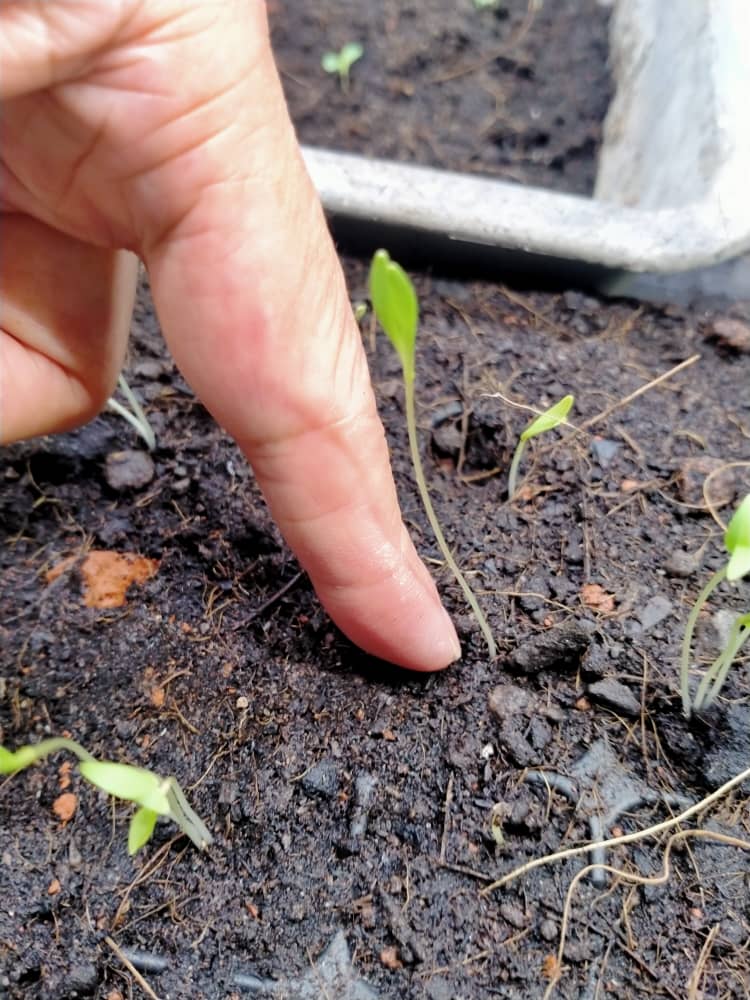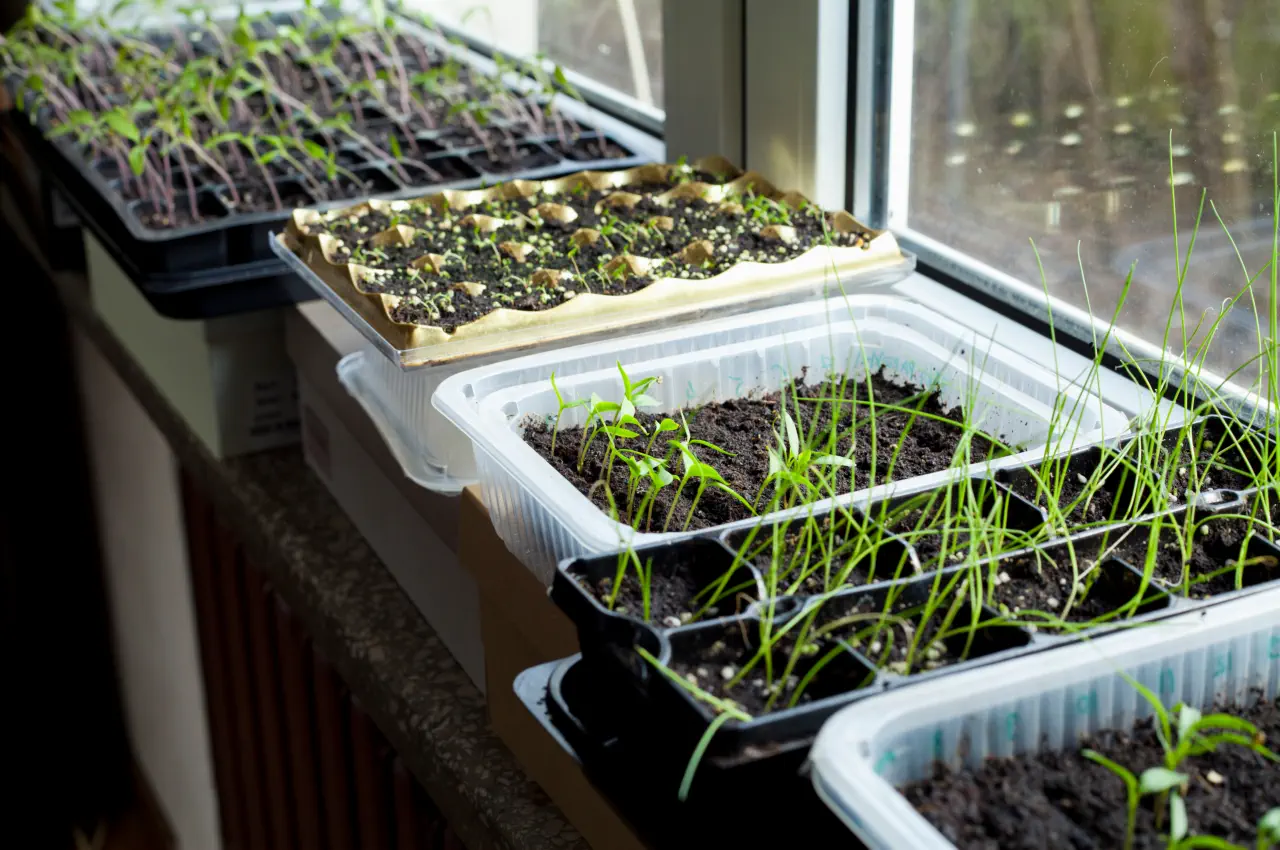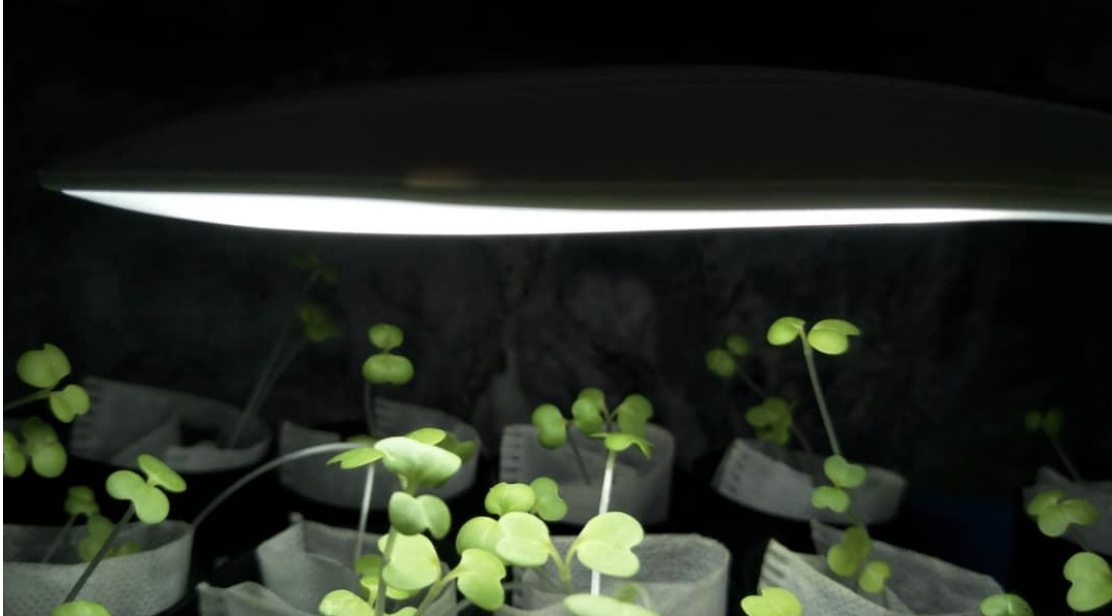Understanding Seedling Stretching

Understanding Seedling Stretching

Causes and Solutions
Are your seedlings looking tall and leggy? You may notice that they have long stems, reaching out as if they’re searching for more light. This phenomenon, known as seedling stretching or etiolation, occurs when seedlings don’t receive adequate light and start to elongate in an attempt to reach a light source.
What Causes Seedling Stretching?
Seedling stretching typically happens when seedlings are grown indoors or in low-light conditions. Here are some common causes:
- Insufficient Light: Seedlings need plenty of light to grow strong and healthy. If they don’t receive enough light, they’ll stretch upwards to try to capture more light.
- Incorrect Light Spectrum: Even if seedlings are placed near a window, they may not receive the right spectrum of light for optimal growth. Natural light from windows can be limited, especially during cloudy days or in shaded areas.
- Overcrowding: Seedlings grown too close together can compete for light, leading to stretching as they vie for a better position.
Solutions for Seedling Stretching
If you notice your seedlings stretching, don’t worry! There are several solutions to help them grow healthy and robust:
- Provide Adequate Lighting: Place your seedlings in a location where they can receive bright, indirect sunlight for at least 12-16 hours a day. A south-facing window is ideal, but you can also supplement with artificial lighting. However do note that the seedlings may face towards the window as that’s where the sources of light came from.

- Use Table Lamp: Consider using table lamp to provide consistent, full lighting to your seedlings. Position the lights close to the seedlings, around 30cm height, to mimic natural sunlight and prevent stretching.

- Rotate Seedlings Regularly: If you’re growing seedlings indoors, rotate them regularly to ensure even light exposure on all sides. This prevents them from leaning or stretching towards one direction.
- Increase Air Circulation: Good air circulation can help strengthen seedlings and prevent stretching. Use a gentle fan to simulate outdoor breezes and promote sturdy growth.
- Transplant Seedlings: Once your seedlings have developed their first true leaves, transplant them into individual pots with well-draining soil. This gives them more space to grow without competing for light.
- Trim Leggy Growth: In some cases, you can trim off the leggy parts of the seedlings to encourage bushier growth. Use clean scissors to snip off the top portion of the stem, just above a set of healthy leaves. This can redirect the plant’s energy into producing new, more compact growth.
By addressing the causes of seedling stretching and providing the right conditions for growth, you can help your seedlings thrive and develop into healthy plants. Remember to monitor their progress regularly and make adjustments as needed to ensure optimal growth.
How does normal seedlings looks like?
Normal seedlings typically have sturdy stems and compact growth with a healthy green color. Here are some characteristics of normal seedlings:
- Sturdy Stems: Normal seedlings have strong, upright stems that support their leaves and growth. The stems are not overly long or thin, indicating healthy development.
- Compact Growth: Healthy seedlings exhibit compact growth, with leaves growing close to the stem. This compactness indicates robust growth and efficient use of resources.
- Vibrant Green Color: The leaves of normal seedlings are a vibrant green color, signaling that they are receiving adequate light and nutrients for photosynthesis.
- Uniform Appearance: Normal seedlings typically have a uniform appearance, with consistent leaf size and shape across all seedlings of the same variety.
- Root Development: Beneath the soil surface, normal seedlings develop a healthy root system with well-defined roots extending outward and downward to anchor the plant and absorb water and nutrients.
Overall, normal seedlings exhibit vigorous growth and show no signs of stress or disease. Regular monitoring and proper care are essential to ensure that seedlings remain healthy and continue to grow into strong, productive plants

Join the VGROW community
Ready to take your gardening to new heights? Join the VGROW community today and discover a world of vertical gardening inspiration, tips, and support! Whether you’re a beginner looking to start your first vertical garden or an experienced gardener seeking innovative ideas, our community is here to help you grow. Connect with fellow gardening enthusiasts, share your successes, and learn from others as you embark on your vertical gardening journey. Together, we’ll cultivate a greener, more vibrant world, one plant at a time. Join us today and let’s grow together with VGROW!